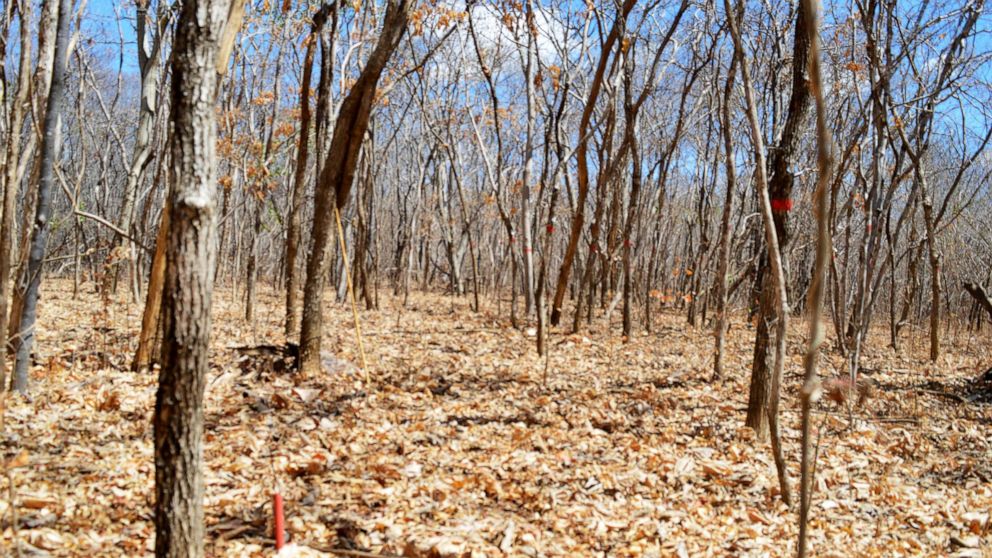
According to the study, the trees are undergoing “climate-induced death”.
Tropical forests in Brazil are beginning to release more carbon than they absorb, as the warming climate is killing more trees, researchers said.
The forests play an important role in the climate battle for their ability to absorb carbon dioxide from the Earth’s atmosphere, but dry and warm seasonal forests in southeastern Brazil have gradually absorbed less carbon and released more over time, with the region changes from a carbon fiber. sink to a carbon source “in 2013, according to a study published Friday in Science.
The region has experienced a 2.6% decline in carbon gains per year and a concurrent 3.4% increase in carbon losses, the study found. Researchers studied 33 years of data from the region. The driest and warmest forests are experiencing the highest increases in carbon dioxide emissions as higher temperatures kill more trees.
Previous studies of the Amazon rainforests have shown that increasing carbon dioxide concentrations in the atmosphere can stimulate plant growth, and as a result, carbon storage, but the data shows that seasonal tropical forests do not yield comparable results, the researchers said.
Until 2013, Brazil was the largest source of carbon emissions from gross deforestation, and seasonally dry tropical forests are particularly sensitive to climate changes due to the periodic droughts they already face naturally, according to the study.
The authors concluded that conservation policies for Brazil’s driest and warmest forest areas, as well as political action to reduce greenhouse gas emissions, are needed to prevent further damage to tropical forests.